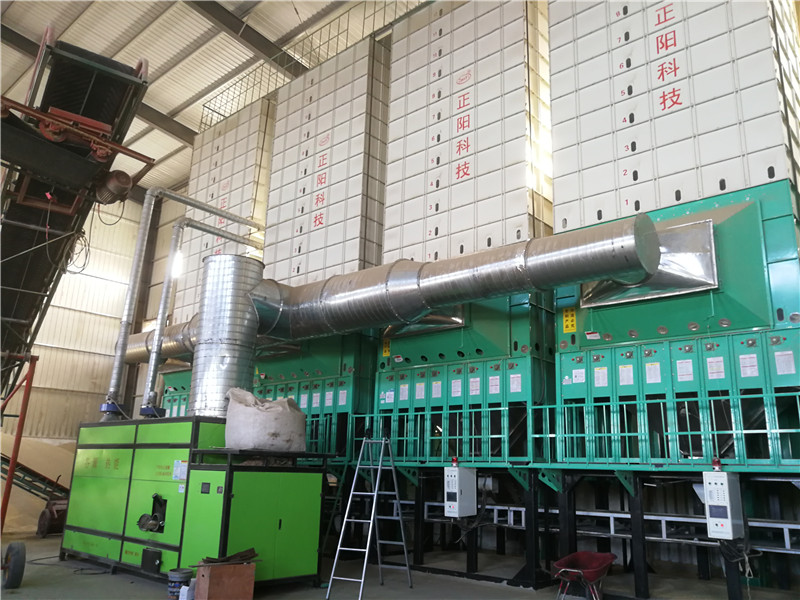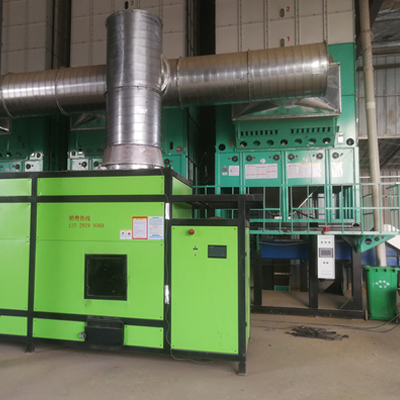Hot blast stove has been widely used now, because of its variety, and complete series, it has in many industries as an electric heat source and heat source to replace the traditional steam stove products, is based on the “regenerative” concept, holds the blast heated to a certain degree of improving work efficiency and the efficiency of the blast furnace, the traditional equipment during operation needs a lot of additional equipment operation, In so many auxiliary equipment, will inevitably waste energy, the process of engineering will become very tedious.

The most serious problem is that some need a high-temperature baking operation, there is no way, fortunately, after long-term research, to develop new devices to solve the original series, a series of questions of the classification of the modern hot blast stove is divided into two types of direct and indirect, the direct type needed for solid fuel (coal), liquid (diesel oil), gas (gas, etc.), For example, the direct type is not able to act on aquaculture heating, indirect type with steam, flue gas as the carrier, in various forms of the heat exchanger to heat the air, is through the separation of the heating source and fuel, to be used for human heating.
The working principle of indirect type is divided into heat exchange type and heat storage type. The advantages of the heat storage type are high heat utilization rate and high heat exchange temperature. The advantages of heat exchange type complement the problems of volume, temperature instability, short life, and cost of heat storage type.
Range of application of hot blast stove
1. Manufacture chemical products.
2, coating industry of all kinds of products paint.
3. Textile printing and dyeing.
4, abrasive drying.
5, building materials artificial, laminate, gypsum, and other board class drying.
6. Food processing, baking, and drying.
7. Heating for civil and factory buildings. 8. Drying of welding-related grasses. 9. Drying of insulation-related materials.


